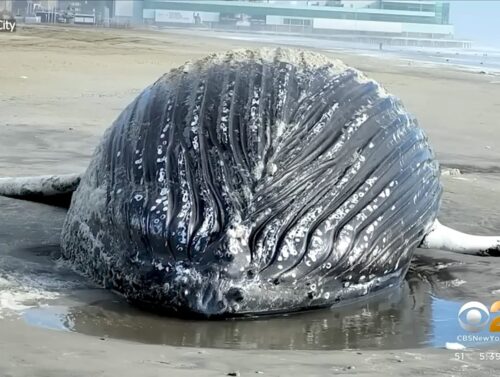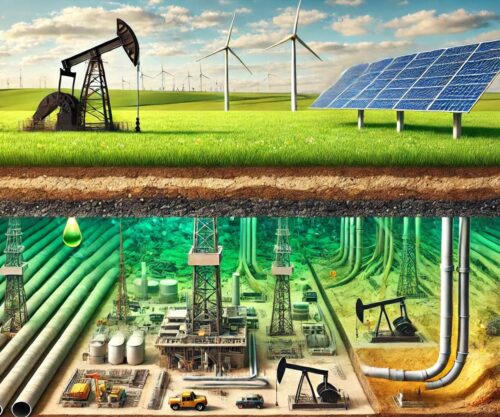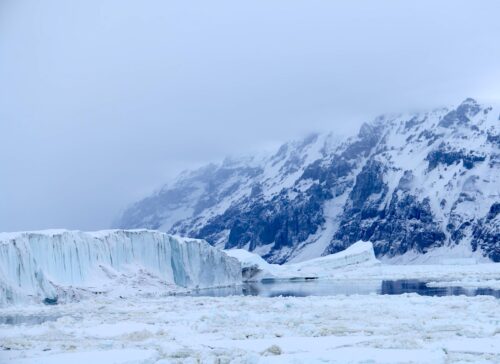 The U.S. is rapidly heading toward an electricity crisis. With skyrocketing demand driven by strategic industries—such as advanced manufacturing and AI-powered data centers—electricity needs are outpacing supply. [emphasis, links added]
The U.S. is rapidly heading toward an electricity crisis. With skyrocketing demand driven by strategic industries—such as advanced manufacturing and AI-powered data centers—electricity needs are outpacing supply. [emphasis, links added]
Today’s economy relies on a stable, affordable electricity supply available around the clock, regardless of weather conditions.
However, baseload power plants are closing prematurely, and if this trend continues, disruptions in electricity supply may occur.
Many industries depend on a constant flow of power, and without a reliable energy source, they may relocate to countries with more practical energy policies, taking jobs overseas.
Over the past two decades, electricity demand remained relatively stable, with annual growth averaging around 0.5%.
However, in 2024, demand surged to more than 2%, and it is expected to grow at a rate of 3% per year for the next several years.
While 3% may seem modest, it applies to a vast energy system—equivalent to adding 50 million homes to the grid by 2029.
The power industry is planning new generation facilities and transmission infrastructure to meet this demand but faces significant regulatory and economic challenges.
The Biden administration’s plan aimed to close all coal plants and significantly reduce natural gas generation through unachievable EPA regulations. Currently, the coal fleet supplies approximately 16% of the nation’s electricity.
A transition to wind and solar power, even with storage, within the time frame envisioned by proponents of these technologies is not feasible
Eliminating this generation capacity will have a major impact on grid reliability, even before accounting for the projected increase in electricity demand. A shrinking supply coupled with rising demand will inevitably drive electricity prices higher.
Reversing the Biden administration’s regulatory restrictions and keeping these plants operational to meet market needs is crucial.
Simply put, we cannot build new reliable generating capacity—and the infrastructure to support it—at the speed and scale required to match the rapidly growing power demand.
A transition to wind and solar power, even with storage, within the time frame envisioned by proponents of these technologies is not feasible. Additionally, these energy sources are not reliable.
Storing electricity remains costly, even assuming there are sufficient quantities of the necessary materials to build the required batteries. Solar and wind cannot replace coal and natural gas at the scale and reliability needed to sustain the U.S. economy.
The energy industry has proposed additional natural gas pipelines and new electricity transmission capacity; however, permitting this infrastructure is challenging.
Each project faces and will continue to face numerous legal challenges from various opponents.
While we can build new factories and data centers that consume energy nearly overnight, the infrastructure needed to transport energy where it’s required can take a decade just to navigate the permitting process. This alarming mismatch is pushing the nation toward shortages and higher prices.
The Trump administration has declared an “energy emergency” in response to the looming surge in energy demand that threatens to outstrip supply.
While the full policy response is still taking shape, the guiding principle must be to do whatever it takes to navigate this crisis—starting with keeping the coal fleet operational.
Read more at RealClearEnergy



















On my account, the US was one Democrat administration from the German and British situation and it is imperative to build coal capacity which the EPA regulations were designed to close down.
https://www.flickerpower.com/images/RAFE_CHAMPION_CAN_THE_US_ESCAPETHE_WIND_DROUGHT_TRAP_The_Spectator_Australia.pdf
In my investigation of wind droughts I found that all the grids afflicted by subsidised and mandated wind and solar energy are running down their conventional power capacity until they reach a critical “tipping point” where there is not enough to meet the base load. Germany and Britain are past the point and Australia is on the cusp.
When there is a peak demand and or unscheduled outages of conventional power, wind and solar become a necessity and not just an expensive addition to the mix.
On windless nights there is no wind or solar and the grid is will fail, like Texas in Feb 2021.
Recognition of the significance of wind droughts is central to ending the suicidal net zero program and that leads us to the failure of the meteorologists to issue wind drought warnings or explain the connection between high pressure systems and low winds. That leads to the WMO at the heart of the evil empire that drives the climate fraud and the net zero ponzi.
https://www.flickerpower.com/images/RAFE_CHAMPION_CAN_THE_US_ESCAPETHE_WIND_DROUGHT_TRAP_The_Spectator_Australia.pdf
WE HAVE TO TALK ABOUT WIND DROUGHTS
https://open.substack.com/pub/rafechampion/p/we-have-to-talk-about-wind-droughts